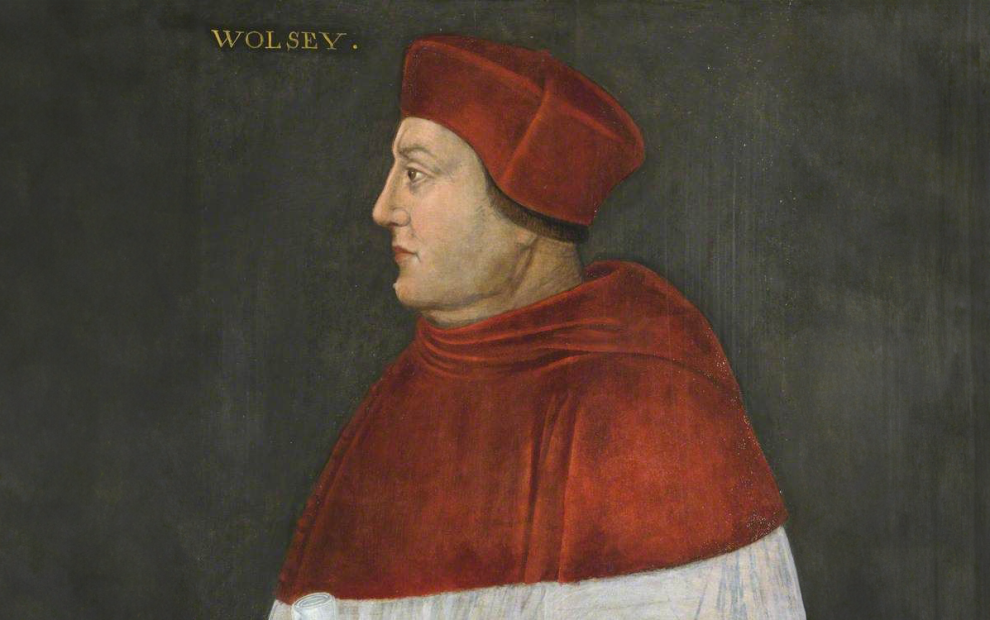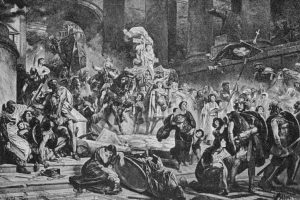When you think of the word “college” an 850-year-old all-male institution with an average age in the mid-70s may not be the first thing that comes to mind. From the Latin term collegium, the College of Cardinals is a collection of peers selected from among the world’s bishops. These men ordinarily function as advisors to the pope. On extraordinary occasions those who qualify as electors also gather in a conclave to elect a new pope.
Today’s institution descends from the practice of medieval popes’ consulting with clergy in Rome. This was formalized by creating of the College of Cardinals in the 12th century. Shortly after, they were named the exclusive electors of the pope.
From the 11th through 15th century, the college was typically around 30 members, the majority being priests and deacons. The maximum number was later fixed at 70 until it increased again with reforms in the 20th century, which also required consecration as a bishop. Pope Paul VI established an automatic loss of voting privileges in papal elections at the age of 80, which applies from the day the papacy becomes vacant.
The maximum number of voting cardinals is now officially set at 120, but recent popes have frequently exceeded this as the number of voting cardinals has generally ranged from 115 to 140. Nonetheless, the requirement that cardinal electors must be housed within the Vatican City State and deliberate within the Sistine Chapel during a conclave provides something of a natural limit to expanding too far past 120 seats.
There are currently 138 voting cardinals; 110 of them were created by Pope Francis, 23 by Pope Benedict XVI, and 5 by Pope St. John Paul II. The youngest by far is Cardinal Bychok of Australia at only 45 years old, more than two full decades younger than the average age of the electors.
There are also currently 114 non-voting cardinals. The oldest is Cardinal Acerbi of Italy, who will turn 100 this September. The remainder are past the age of 80, except for Cardinal Becciu of Italy, who lost his voting rights when he retired from his post in the Vatican at 72 years old.
Global representation has also grown significantly under recent popes. Cardinals are not nominated as national representative but gathering advisors from among the world’s Catholics facilitates a wider range of experiences and perspectives within the college.
Originally drawn entirely from the churches of Rome, Italians dominated the college for centuries. While Italians remain the single largest nationality within the college, they now account for only 17 of the 138 voting cardinals and 34 of the 114 non-voting cardinals.
Following the Italians, 17 cardinals are from the United States, 10 of whom are voting members. In contrast, Brazil has 8 cardinals, including 7 electors, despite a Catholic population nearly double that of the United States. Mexico and the Philippines, nations with the second and third largest Catholic populations, have 6 and 3 cardinals respectively.
An interactive map on the Vatican website provides a compelling visualization of how the College of Cardinals has increasingly drawn from the global south since John Paul II’s papacy. The College of Cardinals will continue to shift in these and other ways over time as popes discern their needs in response to a changing world.
Image: Wikimedia Commons













Add comment